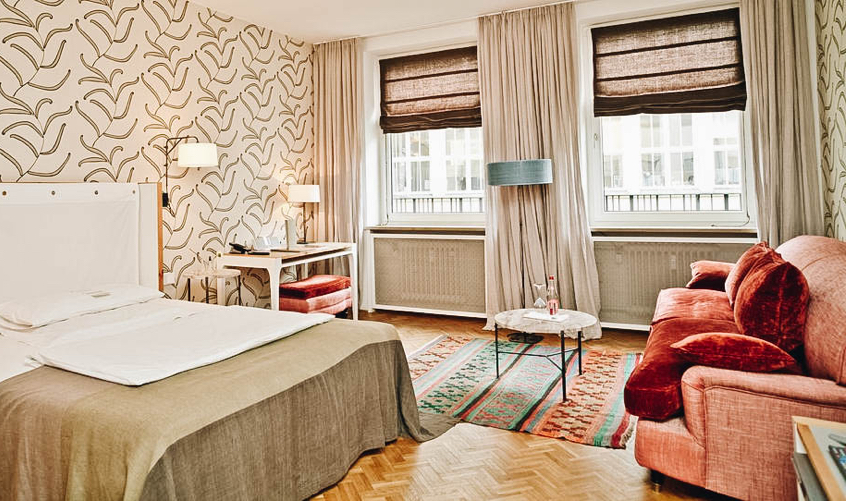Both traditional and cosmopolitan, Munich offers a wealth of history but also all the contemporary flourishes of a modern city. There’s the Baroque charm of the medieval Altstadt, with its cobblestone streets studded with gingerbread buildings, ornate churches and grand squares.
The Bavarian capital’s 700-year-old brewing culture is still alive and well and is renowned the world over for its stellar beer. But there’s another side to the city, too—sleek, sophisticated, and oh-so cutting-edge. Nowhere is this more evident than in its flourishing art scene, with an array of museums and galleries celebrating the best in contemporary art from around the world.
Munich has something for everyone, from history buffs to nature lovers to beer aficionados. That’s why it’s a popular destination not just during September when Oktoberfest comes around, but throughout the spring, summer and winter, when visitors can enjoy its buzzy atmosphere and delightful culture sans the rowdy crowds. So grab your lederhosen or dirndl and check out the top things to see and do in Munich anytime of year.
Eat
Traditional Bavarian cuisine is a hearty affair, with sausages, potatoes and dumplings (knödel) taking center stage—all washed down with fresh, cold beer. The best places to sample this rib-sticking comfort food are at the many beer halls, biergartens and Wirtshaus (tavern-restaurants) dotting the city.

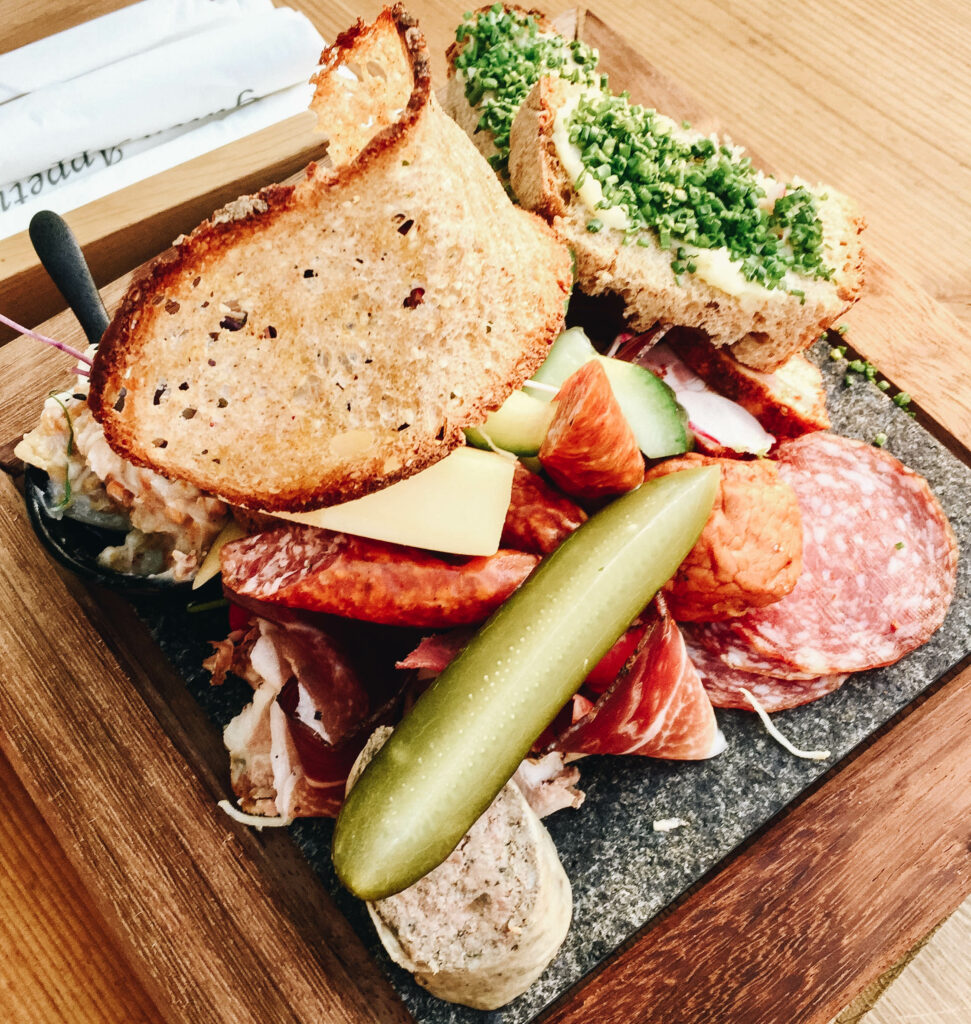
The most famous beer hall in Munich—and likely the world—is Hofbräuhaus, founded in 1589 by the Bavarian Duke Wilhelm V and more than four centuries later, still going strong. The tavern sprawls across three storeys, with multiple historical rooms that can hold up to 5,000 people. Most visitors flock to the vast ground-floor beer hall known as the Schwemme, a wonderfully atmospheric space with vaulted, painted ceilings and huge iron chandeliers. Its long rustic wood tables fill up day and night with fans downing the legendary Hofbräuhaus beer from 1-liter steins called Mass.
Things get even more raucous when the live brass band strikes up Bavarian standards. If the oompah scene is a bit too much, you can head up to the second-floor Münchner Zimmer (Munich room), an elegant, white-tablecloth restaurant with wall murals depicting the 16th-century city. On warm days, the shady beer garden—where guests can savor some of the best beer during summer and Oktoberfest—is a lovely oasis, though with just 400 seats, it can prove difficult to score a table.
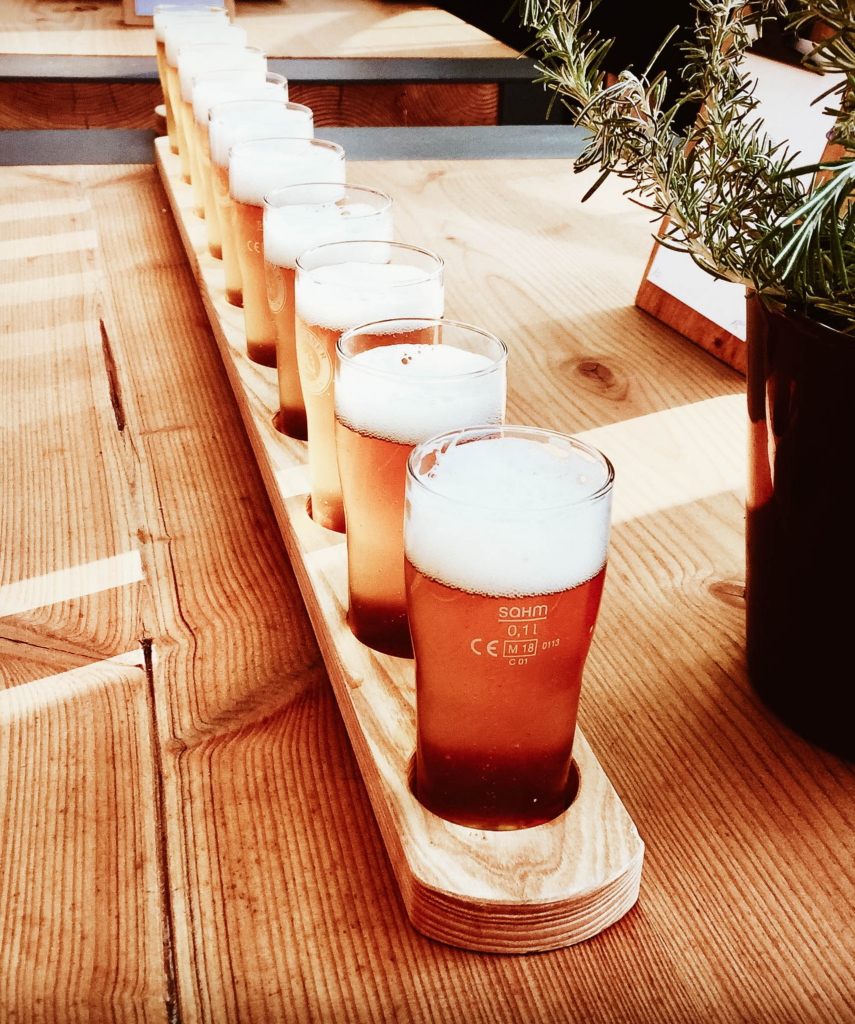
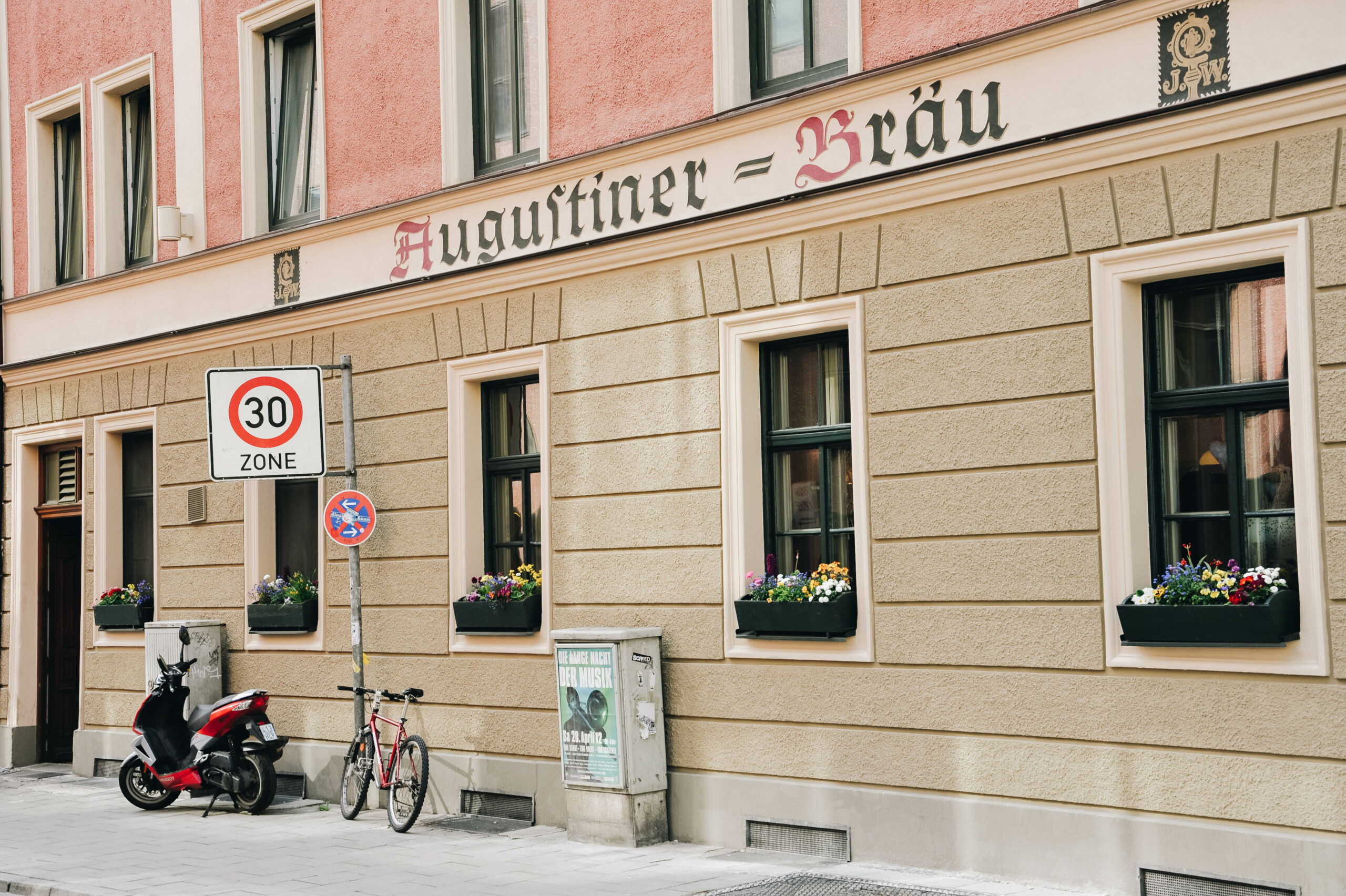
Just a few steps away from Marienplatz is Schneider Bräuhaus, a venerable 148-year-old Wirtshaus. Here, dirndl-clad waitresses ferry trays of Kronfleisch (classic nose-to-tail meat dishes) and house-brewed wheat beer to crowds of tourists and locals in the rustic dining rooms. Be sure to get here before noon for the traditional breakfast of Weisswurst (white veal sausage) accompanied by crusty, salted pretzels.
At Augustiner Bräustuben, Munich’s oldest brewery, you’ll find what may be the city’s cheapest pour—€2.80 for a half-liter of its tasty house-brewed lager. Settle in at one of the long communal tables beneath vaulted brick ceilings and choose from a concise menu of Bavarian classics, including grilled pork knuckle served with potato dumplings smothered in gravy.
For an authentic biergarten experience, try Paulaner am Nockherberg, set high on a hill above the river Isar. The sprawling, 2,250-seat outdoor space, shaded by towering chestnut trees and with a burbling fountain at its center, is among the loveliest drinking spots in the city. The menu features classic Bavarian fare, but is definitely a cut above other beer gardens. Their Brotzeit Brettl is piled high with local cold cuts, cheese, and quark (a cross between cream cheese and yogurt). For non-meat-eaters, there’s also a vegetarian version with grilled veggies, mountain cheese, black bread bruschetta, and aubergine tartar.
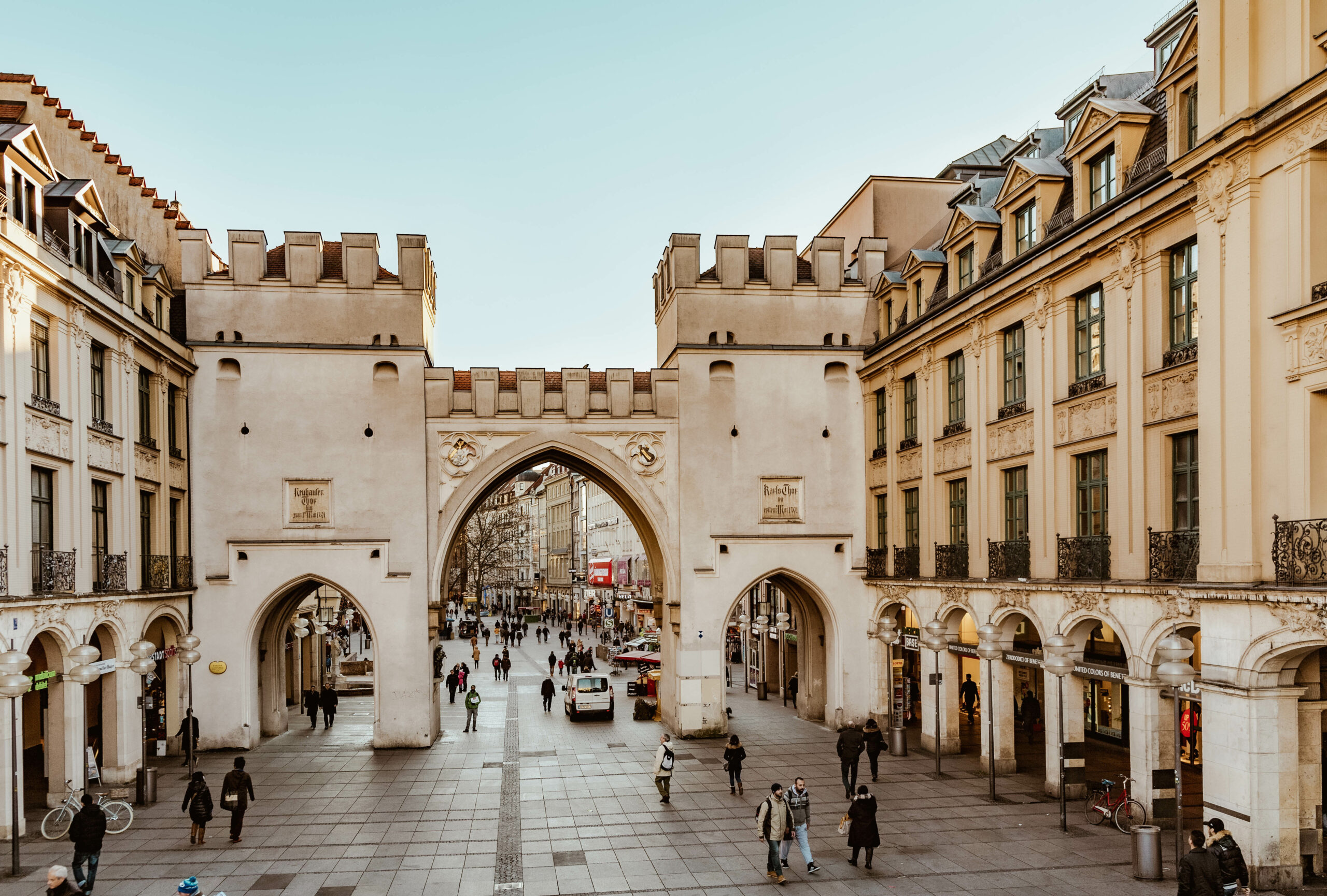
Play
Home to more than 80 art institutions, Munich is among the top cultural capitals of Europe. In recent years, its contemporary art scene in particular has flourished. Start in the Kunstareal Art District at the Pinakothek der Moderne, a massive, 130,000-square-foot complex comprising four different museums covering art and design of the 20th and 21st centuries. Its Sammlung Moderne Kunst is a remarkable collection of international contemporary art, with permanent works by Joseph Beuys, Rosemarie Trockel and Anselm Kiefer.
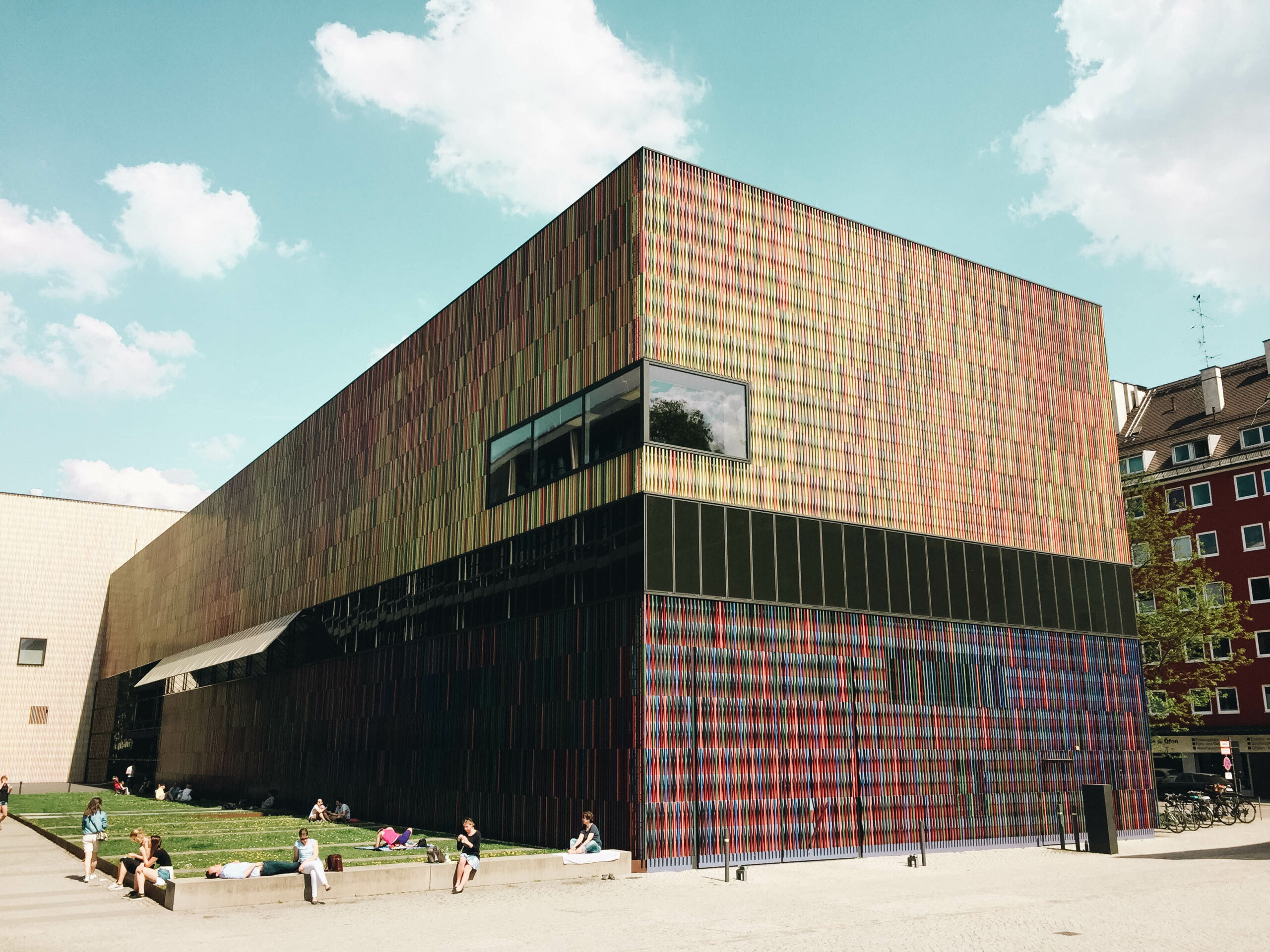
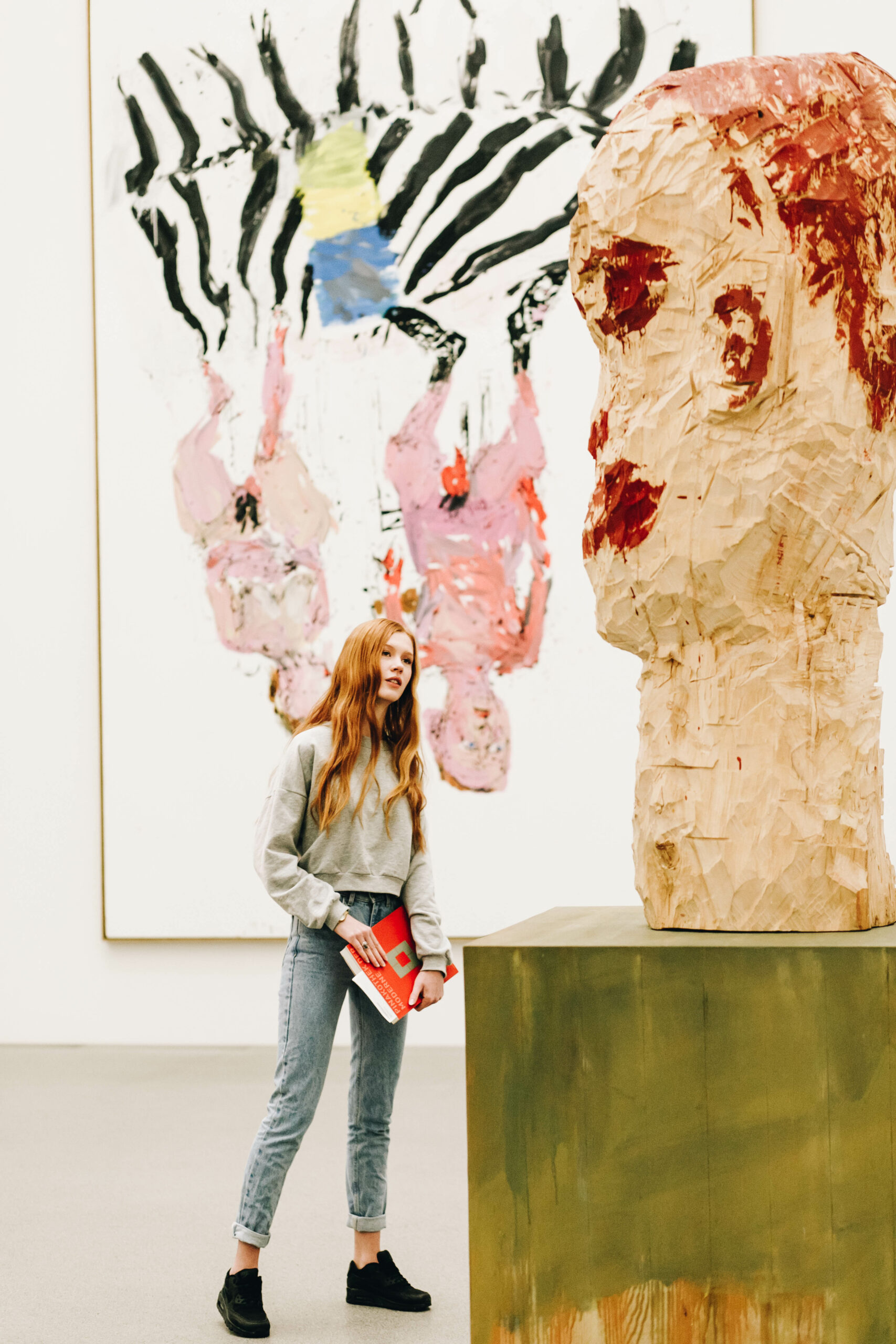
Nearby, the Museum Brandhorst houses paintings, installations, video works and sculpture as well as Pop Art. The building itself resembles an abstract painting, with a shimmering facade made up of 36,000 ceramic rods in different-colored glazes.
Formerly a museum for National Socialist art, Haus der Kunst has been radically transformed into an innovative center for international contemporary art. The sprawling Neoclassical building hosts a revolving series of exhibitions, many of which focus on the work of multicultural artists.
The heart of Munich’s Altstadt (Old Town) is Marienplatz, named after the statue of the Virgin Mary that has stood here since 1638 — though the square itself dates from the Middle Ages. It’s flanked by some of the city’s best-known buildings, including the Altes Rathaus (Old Town Hall), whose tower rooms are home to the Spielzeugmuseum (Toy Museum), and the monumental neo-Gothic Neues Rathaus (New Town Hall). Designed by Georg Hauberrisser and built in several phases between 1867 and 1905, Neues Rathaus impresses with its ornate façade, but it’s the elaborate glockenspiel in the tower that really draws crowds.
Every day at 11 am and noon (and at 5 pm from March to October), the clock doors pop open and a carousel of dancing figures and jousting knights twirl around to the sound of 43 chiming bells. It’s a wonderfully charming display, made all the more interesting in that the figures are acting out historical events; notably, the Schäfflertanz (The Coopers’ Dance) depicts barrel-makers celebrating the end of the Munich plague of 1515–17. And you can even go up in the tower, which offers incredible panoramic views of Munich and on a clear day, all the way to the German Alps. Best of all, unlike the tower at the nearby St. Peter’s Church (Alter Peter), there are no stairs involved; two lifts zip you up to the observation deck, 85 meters above the city.
A treasure trove like no other awaits you in Munich’s royal Residenz, a colossal palace complex—and the largest city palace in Germany—with 130 rooms, 10 courtyards, plus a theater, church and fountain-studded garden. Originally constructed as a fortress in the 14th century, the palace was expanded over the centuries by the Bavarian monarchy and served as both their residence and the official seat of government. It was largely destroyed by Allied bombs during WWII, and reconstruction took decades, but today it’s one of the most impressive European palaces—with lavish interiors brimming with priceless antiques, tapestries, frescoes, marble and great works of art. A visit here can last several hours, or even an entire day, as you explore its magnificent spaces and numerous museum collections.
Highlights include the 70-meter-long Antiquarium, a spectacular banquet hall featuring barrel-vaulted ceilings painted with Renaissance frescoes, and the plush, gilded, Rococo-style Cuvilliés Theatre, the court opera house created in the 1750s. And allow plenty of time for perusing the vast array of royal jewels, gold and ivory objects, swords, crowns, goblets, and more that make up the 10-room Treasury (Schatzkammer).
There are city parks and then there’s the Englischer Garten (English Garden), a sprawling green space created in the 18th century and spanning 375 hectares, with rolling lawns, wide meadows, forests, lakes, ponds, and rivers. Crisscrossing the park are 48 miles of walking and biking paths, and over 100 bridges, making it ideal for a long, leisurely stroll or a vigorous workout. It’s also home to five beer gardens, with the most famous located next to the Chinese Tower, a five-storey wooden pagoda-like construction. It counts around 7,000 seats, on benches beneath tall, shady trees, and serves local pilsner and lager along with traditional Bavarian cuisine.
If you fancy a boat ride, the park’s Kleinhesseloher See lake has rowboats and paddle boats for rent. On its shores is another lovely beer garden, the Seehaus, with waterfront seating. Thrill-seekers can surf the park’s two man-made waves—the best known is the Eisbachwelle, below the Eisbach bridge—but it’s just as much fun to watch the daring surfers in action. Don’t miss the panoramic view of the park from the hilltop Monopteros, a circular colonnaded structure modeled after a Greek temple and built for King Ludwig I.
Smack-dab in the city center is the famous Viktualienmarkt, an open-air market and one of Munich’s most popular gathering spots. Since 1823, it’s been the place where locals come to shop for produce, baked goods, meat, cheese, wine, spices, flowers and traditional Bavarian specialties. Today it draws tourists alike, with souvenir-packed stalls and artisanal coffee and fresh juice stands, but locals still flock here—especially at lunchtime, for a quick bite at the many sausage stands or a fancily dressed baked potato at Caspar Plautz.
The market’s beer garden is one of the city finest—and one of the few to remain open year-round. There’s a rotating selection of Munich beers available (check the maypole to see what’s being served), along with Bavarian snacks like Brotzeit (a smorgasbord of bread, cheese and sausage). The garden is particularly atmospheric—and far more crowded—during annual festivities such as Oktoberfest and throughout the Christmas market season. The market is open Monday to Saturday (excepting holidays), from 8 a.m. to 8 p.m., closing early afternoon on Saturday, while the beer garden generally stays open until 10 p.m.
For soccer a.k.a football lovers, it doesn’t get any more real or raucous than at a Bayern Munich game. Played at the Allianz Arena, FC Bayern Munich is known for its impressive roster of talent as well as its array of trophies from European and Bundesliga League finals. The marshmallow-like dome of the Allianz Arena ensures the best acoustics and seats are all relatively close to the pitch, making watching a Bayern Munich game something spectacular. American football lovers will surely enjoy the two NFL games set to be played at Allianz Arena in 2022.
Stay
25hours Hotel Munich the Royal Bavarian
Munich hotels run the gamut from cozy and boutique to large and lavish. Set inside a former post office, 25hours Hotel Munich the Royal Bavarian is one of the city’s most delightful stays. Playful design touches run throughout, from antique typewriters in the lobby to lightboxes in the elevator depicting idyllic scenes. Rooms have a similarly quirky design scheme, albeit a bit more subdued. The lobby-level Boilerman Bar whips up superior cocktails in a groovy setting, while restaurant NENI serves a well-rounded Mediterranean-themed menu.


Cortiina Hotel
Combining sleek, minimalist design with an excellent central location in the Aldstadt, the 75-room Cortiina Hotel is particularly well-suited to couples and solo travelers. Rooms are on the cosy side but are beautifully outfitted with warm wood floors, plush furnishings, rich textiles, and natural stone tiling in the bathrooms. The buzzy, ground-floor Grapes Weinbar has one of the city’s most exciting wine menus, with knowledgeable sommeliers on hand to help navigate its more experimental varietals.

